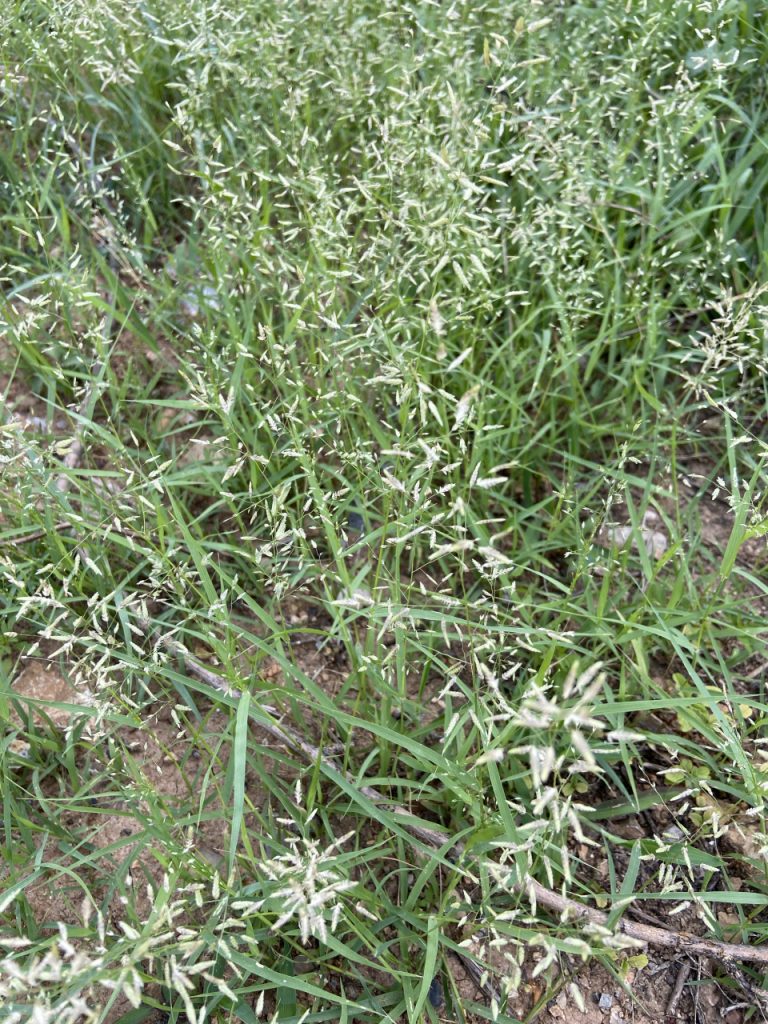Muhlenbergia emersleyi seed

Muhlenbergia emersleyi: Overview, Uses, and Benefits
Description
Muhlenbergia emersleyi, commonly known as Emersley’s Muhly, is a perennial grass native to the southwestern United States, particularly in areas like Arizona and New Mexico. This species belongs to the Muhlenbergia genus in the Poaceae (grass) family. It grows as a clumping grass, reaching a height of around 2-4 feet, with a similar spread. The plant features fine, narrow leaves that are typically green, and it blooms in late summer or fall with delicate, airy Flower panicles that are pale to light pink in color, adding texture and movement to the landscape.
Habitat and Growing Conditions
Emersley’s Muhly thrives in dry, well-drained soils found in desert, foothill, or dry woodland environments. It is well-suited to xeriscaping and is commonly planted in arid regions where drought-tolerant plants are necessary. The plant prefers full sun and is highly drought-tolerant once established, making it an excellent choice for low-maintenance landscaping. It can withstand a variety of soil types, including sandy, clay, or rocky soils, and is resistant to pests and diseases. This makes it an ideal option for native plant gardens, wildlife areas, and sustainable landscapes.
Uses in Landscaping
Muhlenbergia emersleyi is valued for its ornamental qualities and versatility in landscaping. Its fine-textured, airy foliage and pink flower panicles bring soft color and movement to gardens. Key uses include:
- Ornamental Landscaping: It is often used in borders, mass plantings, or as a focal point in xeriscape designs. Its delicate, flowing nature contrasts beautifully with more structured plants in garden beds.
- Erosion Control: Due to its deep root system, it is effective in stabilizing soil, making it a great choice for erosion-prone areas.
- Wildlife Habitat: The plant attracts pollinators such as bees, butterflies, and hummingbirds, making it an excellent addition to wildlife gardens or natural habitats.
- Low-Maintenance Gardens: Its minimal water and care requirements make it an attractive option for gardeners seeking a hardy and easy-to-maintain plant in dry climates.
Ecological Benefits
Like many grasses, Muhlenbergia emersleyi plays an important ecological role. It helps in soil conservation, preventing erosion in areas that are susceptible to water runoff. Additionally, by attracting pollinators, it supports biodiversity and contributes to the health of the surrounding ecosystem.
Care and Maintenance
This plant requires little care once established. It should be watered moderately during its first year to encourage deep root development, but after that, it is highly drought-tolerant. Pruning is generally not required, although cutting back the plant in late winter or early spring can help promote fresh growth for the new season. Mulching around the base can help protect the roots in colder climates.
Conclusion
Muhlenbergia emersleyi is an excellent choice for gardeners and landscapers in dry, arid regions. With its drought tolerance, ecological benefits, and ornamental appeal, it serves as a valuable addition to sustainable gardens, erosion control projects, and wildlife-friendly landscapes. Its minimal maintenance requirements and adaptability to a range of soil types make it an enduring plant that adds beauty and resilience to any outdoor space.
